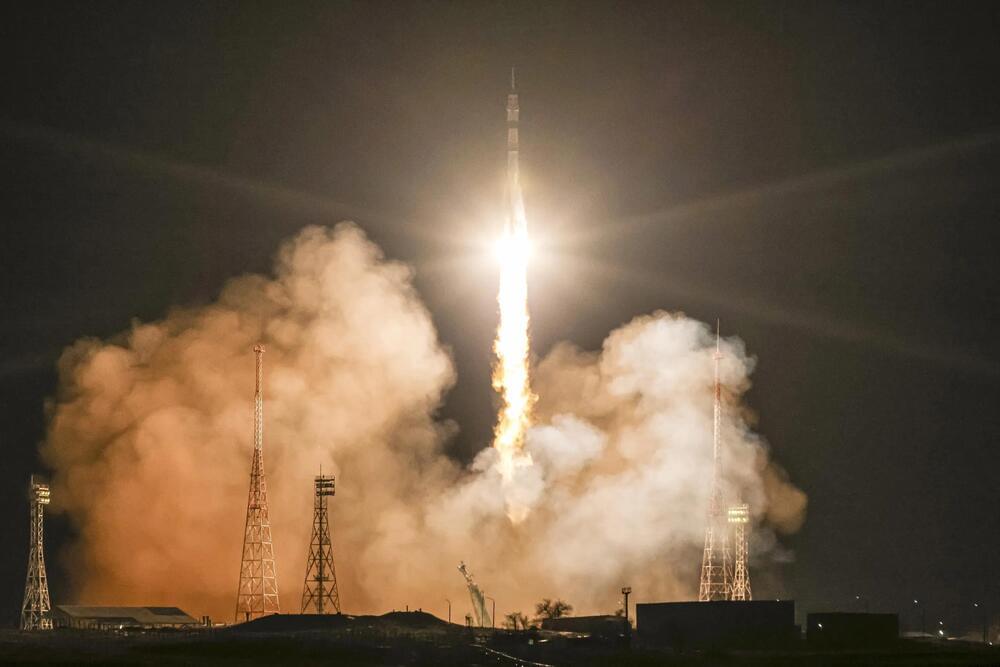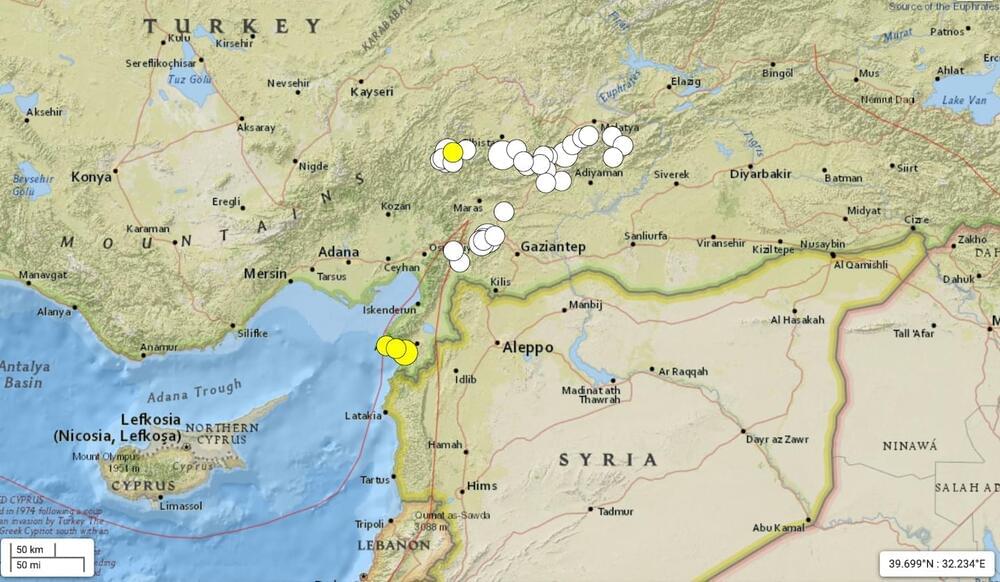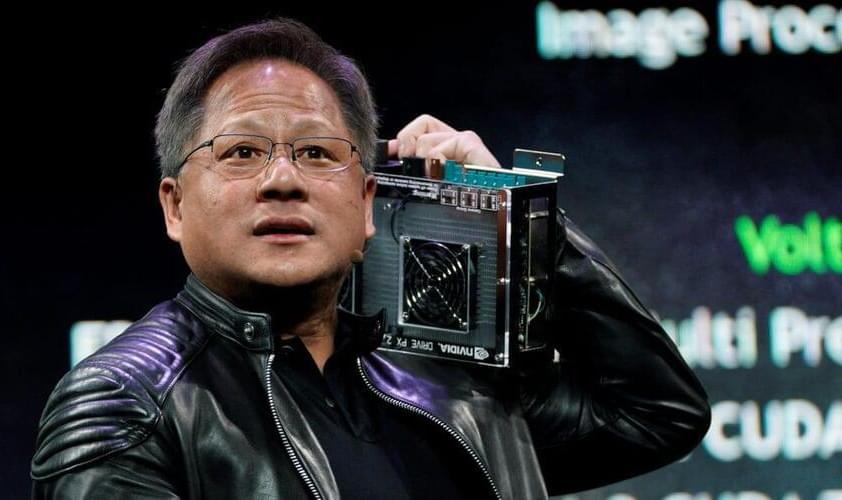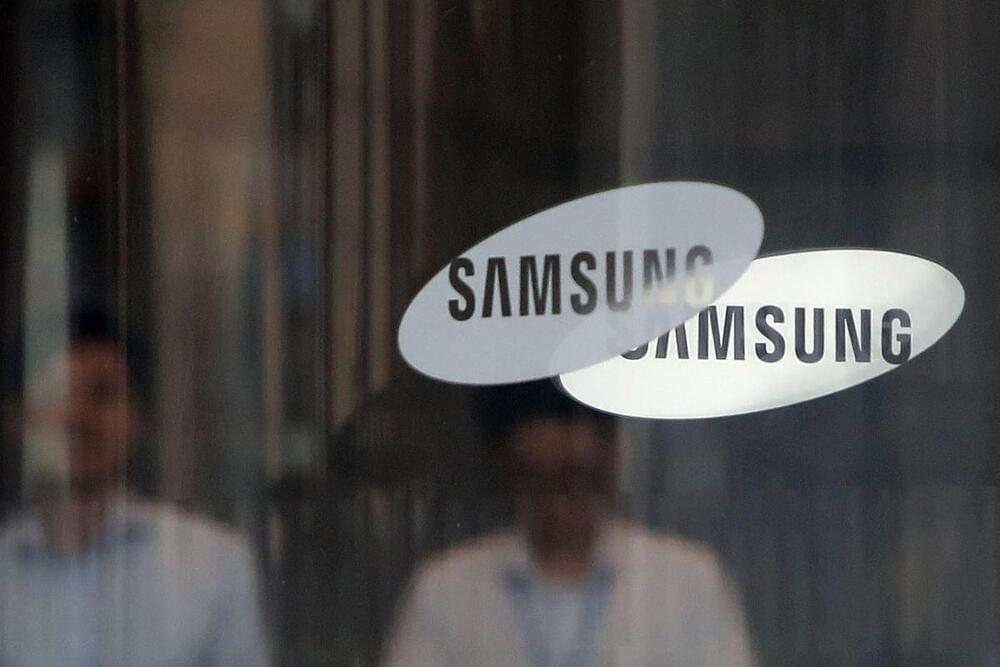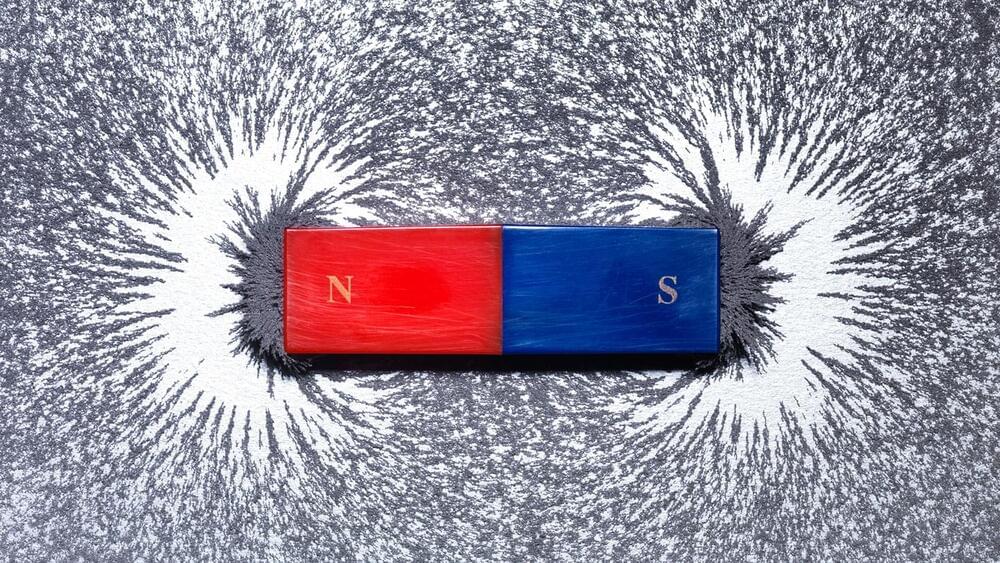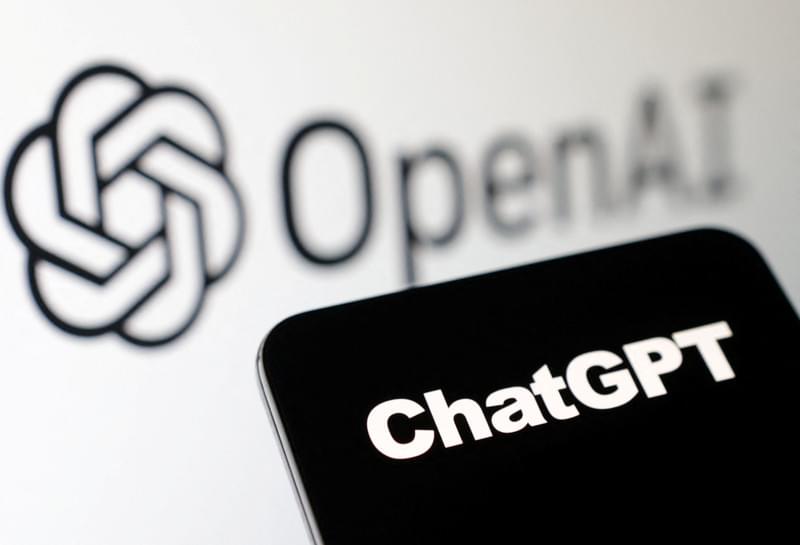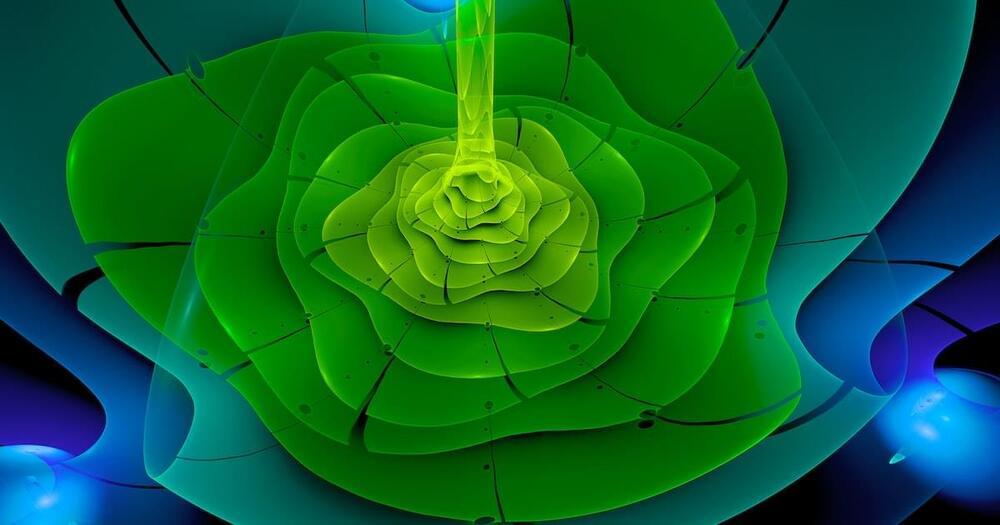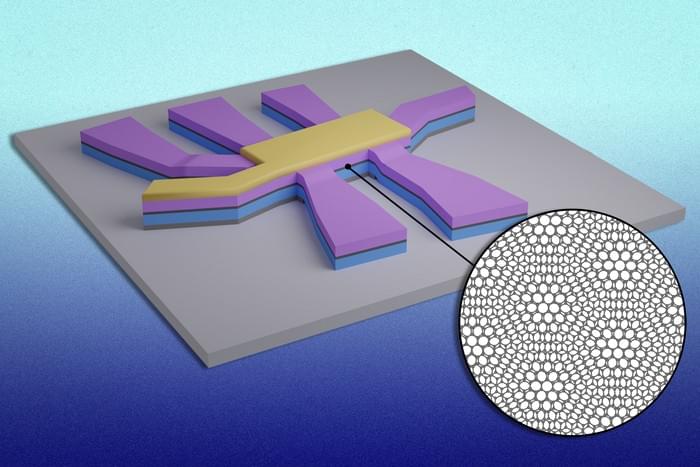
Superconductivity can be switched on and off in “magic-angle” graphene using a short electrical pulse, according to new work by researchers at Massachusetts Institute of Technology (MIT). Until now, such switching could only be achieved by sweeping a continuous electric field across the material. The new finding could help in the development of novel superconducting electronics such as memory elements for use in two-dimensional (2D) materials-based circuits.
Graphene is a 2D crystal of carbon atoms arranged in a honeycomb pattern. Even on its own, this so-called “wonder material” boasts many exceptional properties, including high electrical conductivity as charge carriers (electrons and holes) zoom through the carbon lattice at very high speeds.
In 2018, researchers led by Pablo Jarillo-Herrero of MIT found that when two such sheets are placed on top of each other with a small angle misalignment, things become even more fascinating. In this twisted bilayer configuration, the sheets form a structure known as a moiré superlattice, and when the twist angle between them reaches the (theoretically predicted) “magic angle” of 1.08°, the material begins to show properties such as superconductivity at low temperatures – that is, it conducts electricity without any resistance.
